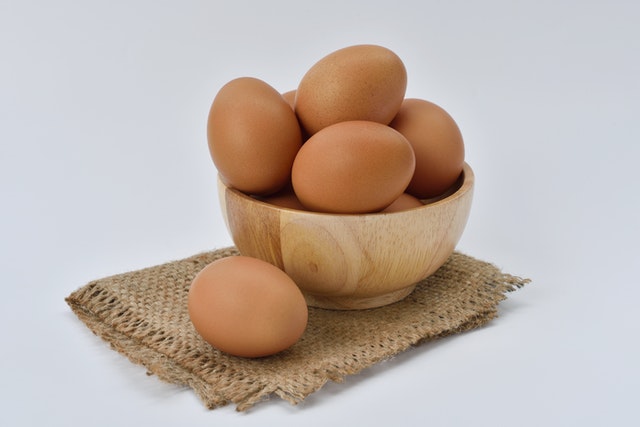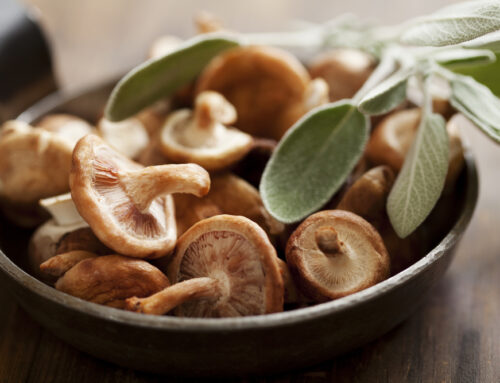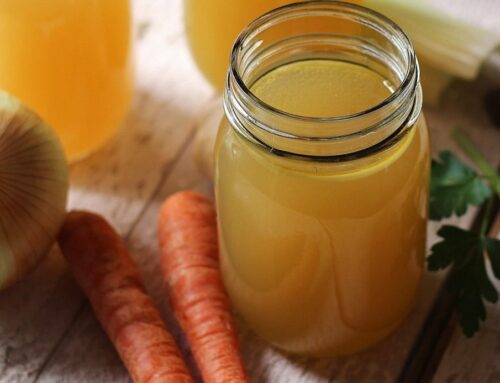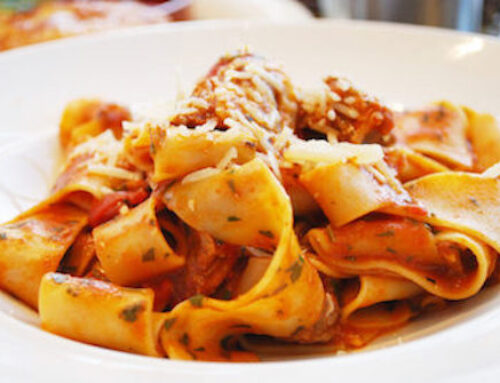Eggs are a great source of protein and also provide plenty of omega 3, vitamin D and Riboflavin (Vitamin B2). They are also a reasonable source of vitamin E, B12 and iron. Eggs produced by chickens fed a natural and preferably organic diet, and those allowed plenty of access to pasture will contain more of these nutrients, and have a lower (and often positive) impact on the planet.

Simple Eggs
- Boiled:
- Medium or Soft – Slowly submerge whole egg into just boiling water, and cook for 3-5 mins depending on size of egg, consistency desired and whether you keep them in the fridge. Serve with toast soldiers or vegetable sticks or peeled and smashed onto toast / onto a salad / into a sandwich
- Hard – cook as for soft, but continue cooking another 2-3 minutes, then leave in the water to cool. Serve in a lunch box to eat whole, peeled and mashed with mayonnaise, sliced and added to rice dishes
2. Poached: This means breaking an egg into near-boiling water and allowing it to gently cook in the water (put a tsp of vinegar in your water if it is very hard, it helps the egg white not to go stringy). Cook until the white is actually white then remove carefully with a slotted spoon. Serve on toast, or with potatoes and vegetables for a main meal.
3. Fried: Ideally with a little olive oil or butter in a shallow pan.
4. Scrambled:
- Plain – Crack egg into a bowl and beat with a fork or balloon whisk. If you want add a bit of cream (gives a softer consistency) and salt and pepper. Heat a pan and add a small amount of butter – heat until hot enough to sizzle and then add the beaten egg. Stir continuously until done. You can leave it soft or cook it longer. Keep going long enough and you get what I call “crispy egg” – a bit like those onion bits you can get to sprinkle on salad.
- Flavoured – as above but before adding to the pan add any of the following (one or more):
- Herbs – eg oregano, basil, coriander, thyme
- Savoury Spices – eg chilli, paprika, curry powder
- Roasted soft vegetables – eg peppers, courgettes, aubergines,
- Cooked meats – eg ham, salami, cooked sausage, pastrami, corned beef
- Grated cheese
- Sweet spices / sugars – eg Cinnamon, nutmeg, honey
- Grated chocolate
5. Baked / Coddled: First break 1 or 2 eggs into a small oven proof dish (ramekin or similar). Either leave plain, top with or place on top of, ham, spinach, cheese or cream.
- For baked eggs just put into the oven as they are for 5-10 mins at about 140C
- For coddled eggs cover with foil or a lid and place into a water bath before putting in the oven for 10-15 mins
6. French omelette: Similar to scrambled egg – beat eggs and pour into a hot buttered frying pan, then gently stirring a few times to create wrinkles. Cook to your preference and serve plain or filled with veg cooked, meats, cheeseetc
7. Spanish omelette: more like a quiche and takes a good while (an hour or more on the hob). Start by putting a couple of tablespoons of olive oil in a frying pan and add thinly sliced potatoes and onion. Put the lid on, keep the heat low and cook very gently for about 40 mins, gently stirring once or twice if needed. Once tender add the beaten egg and keep the heat low to allow the egg to set. Towards the end transfer to the pan to the grill or oven to finish off.
Egg Recipes
8. Berry Pancake – we serve this at any time from Saturday morning for breakfast to dessert when having friends over for dinner. Separate 6 eggs, whisk egg whites in one bowl, then whisk egg yolks with a bit of cinnamon and some vanilla essence in another, until thick. Heat a skillet with a bit of butter, add berries to cover the bottom and cook for a few mins until juices are running – I use frozen berries. Fold whites into yolks and dollop on top of berries. Transfer to the oven for 10 mins. To eat, turn out so berries are on top (or don’t and scoop it out more like a pudding)
9. Egg Fry – this is basically a stir fry I do of whatever appropriate veg are in my fridge, along with some good seasoning. I then add beaten egg – usually 2 per person, in a slow steady stream, constantly stirring, so I end up with tiny bits of egg that I cook until crispy. … then just bung the whole thing on a plate.
10. Yorkshire Puddings and pancakes – recipes people often don’t fiddle with, but are very adaptable and the egg quantity can be increased easily if you want it to be your many protein in a meal. We use 2 eggs to make 3 pancakes, just adding a tablespoon of flour (anything from wheat, to potato or rice), sometimes a tablespoon of ground nuts, and a bit of milk or water.
I hope this has given you some start points, but don’t be constrained by this – once you are happy with different styles try some of your own.





Leave A Comment